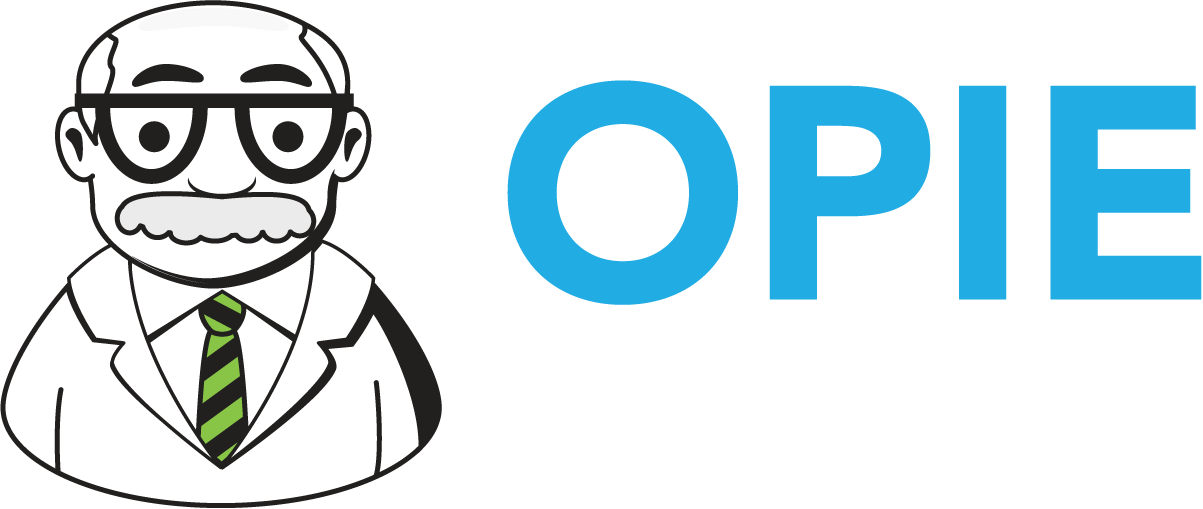Is the Sky Falling (Part 2)?
Last week I wrote about the problems we are having as a profession in getting paid for the professional services rendered in caring for persons in need of O&P care. That blog generated a lot of interest, I got phone calls, emails and comments posted online. Thank You! It is awesome to get feedback and obviously a lot of people are feeling the same frustration. Most of the questions were asking what we can do to reverse the trend. Several people mentioned that we are not allowed to discuss reimbursement in any detail in the state or national meetings.
I encouraged (and still do) you to get involved, both nationally and locally. While we have to be aware of the laws that restrict collusion and other illegal activities, there is a lot we CAN do and we should focus on that. There is an OIG report (July 1993) with a big heading “Separate Payment For Fitting Braces and Artificial Limbs Is Not Needed.” A big reason for that finding is that “Data Not Available to Determine Suppliers’ Costs.” But wait…I hear you..It’s not about the “cost.” Here is the relevant text:
To ensure proper fit of a brace or artificial limb, the supplier may need to Determine Suppliers’ Costs to see the patient several times. When dealing with Medicare beneficiaries, O&P practitioners charge one fee, which covers the cost of the brace or artificial limb and the service (including follow-up visits) for the beneficiary. Practitioners and industry representatives told us that the service component includes evaluating the patient and fitting and adjusting a device for a patient. They also said that the amount of time and number of visits needed varies by patient and by type of item; however, the O&P industry has not collected data that could be used to establish a reasonable fee based on the cost of items plus the service provided. HCFA does not have such data either.
We didn’t just get handed a pile of crap, we have been in it for a long, long time. Though we have made strides, one of the biggest was the passage of the Benefits Improvement and Protection Act (BIPA) section 427. If you are not a member of AOPA, join. And then support the legislative efforts. Make sure you attend the Policy Forum THIS YEAR! Demand accountability from your certification boards…what are they REALLY doing to help this cause?
On a local level, you need to buck up and argue for better payment. 100% of Medicare should be the absolute floor for any private payer. One of the strongest arguments the OIG made for not increasing payments or even considering a change in the structure is that nearly everyone accepts assignment. Their logic is that if you accept assignment, you must agree that the payment is reasonable. Read that sentence again.
Don’t undervalue your services and make sure you fight for your value! If you know me, you know that one of my soapboxes is data. Specifically outcomes data. What difference are you making in a person’s life and how can you show that empirically? There is no one measure or data set that answers all of the questions. You have to start with defining the problem. At eval, what are the things you identified that you want to achieve through your intervention? Document that and then measure the patient’s current condition or ability level that establishes your baseline. Then measure the patient’s progress and note when the goal is achieved or modified. The data alone is not enough! Once you have enough data, you can use that as part of your conversation with the payers. But until you have empirical evidence of the value you provide, you’re just, to quote Jim Croce, “spittin’ into the wind.”
I look forward to seeing you in April at the Policy Forum!

